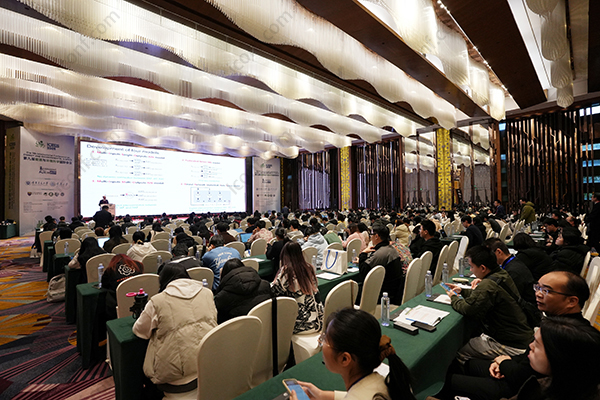

531 views||Release time: Jun 23, 2025
When submitting to SCI-indexed journals, researchers often encounter terms like (Zone 1) or (Zone 2). But what exactly do these classifications mean? And how do they affect the academic value, recognition, and evaluation outcome of your publication?
This article breaks down the difference between Zone 1 and Zone 2 journals under the SCI system, and how iconf.com helps you navigate your journal selection with clarity and strategy.

The SCI zoning system (also known as "quartile ranking") is a way of classifying journals based on their Impact Factor (IF) within specific subject categories. It is typically divided into four levels:
These rankings are determined using Journal Citation Reports (JCR) by Clarivate Analytics.
| Feature | Zone 1 (Q1) | Zone 2 (Q2) |
|---|---|---|
| Impact Factor | Highest in the field | Moderately high |
| Academic Recognition | Extremely strong; often used for top-tier evaluations | Strong, but slightly less than Zone 1 |
| Publishing Difficulty | Very competitive; low acceptance rate | High-quality, but acceptance is more accessible |
| Use in Evaluations | Favored in promotions, grants, PhD defense | Still highly valued, especially in applied research |
| Typical Journals | Flagship journals with global readership | Reputable journals with solid reputations |
In general, Zone 1 = elite, while Zone 2 = high-level but not top-tier.
In many institutions and countries, SCI zones directly influence:
Grant and funding eligibility
Graduate thesis recognition (especially for PhD candidates)
Academic promotions and tenure applications
International collaboration opportunities
In some cases, a Zone 1 publication may be required to qualify for top-tier programs or research awards.
Zones are based on:
Subject category (e.g., Electrical Engineering, Environmental Science, etc.)
Journal Impact Factor ranking within that category
For example:
If a journal ranks in the top 25% of “Computer Science – Artificial Intelligence,” it is considered Zone 1 in that subject.
Important: A journal can be Zone 1 in one subject, and Zone 2 or 3 in another, depending on how it is indexed.
Platforms like iconf.com are designed to:
Help you find SCI-indexed journals with clear zone indicators
Identify SCI + EI dual-indexed conferences and special issues
Match your paper topic to journal scope and impact level
Avoid submitting to misleading or downgraded journals
By choosing the right zone-level journal early, you save time and maximize the academic return of your publication.
The difference between SCI Zone 1 and Zone 2 journals lies in impact, difficulty, and recognition. While both are high-quality, Zone 1 journals generally offer greater academic weight. However, Zone 2 journals remain a strategic and respected choice, especially when publishing high-level applied or interdisciplinary work.
With guidance from tools like iconf.com, you can confidently select the right journal for your goals—and ensure that every publication supports your academic career.